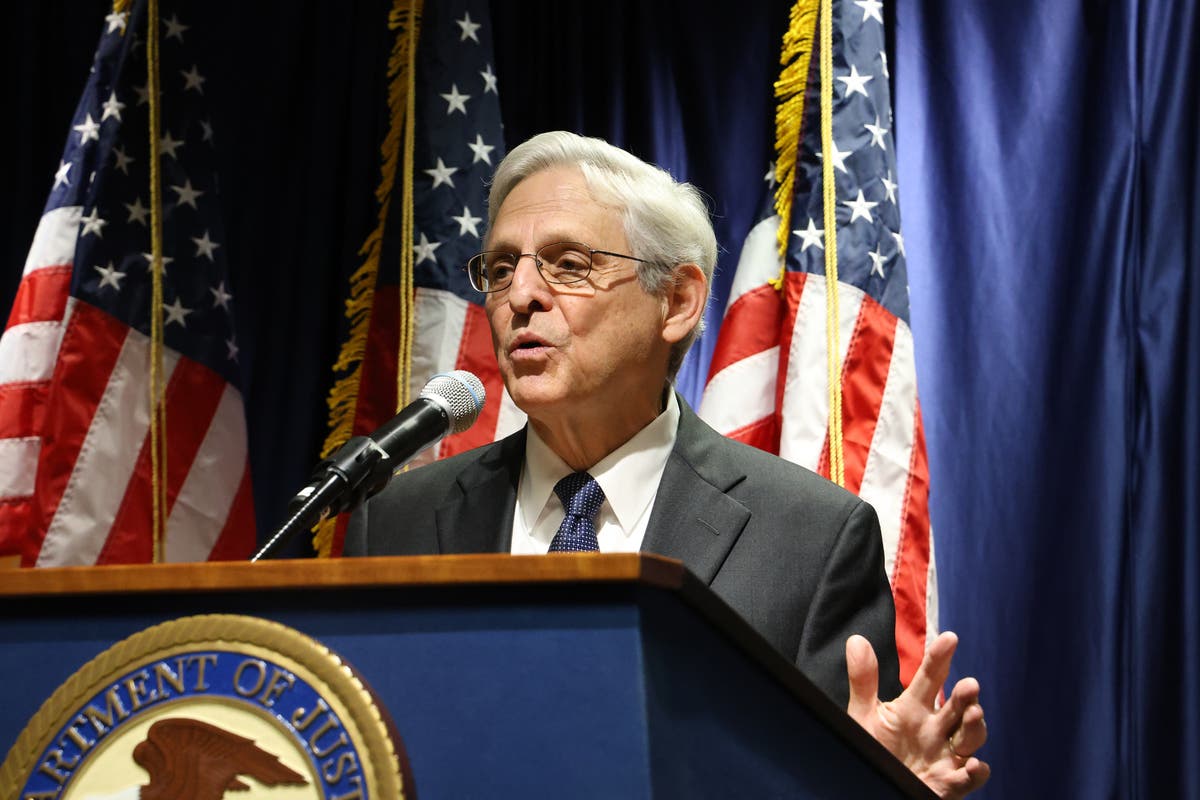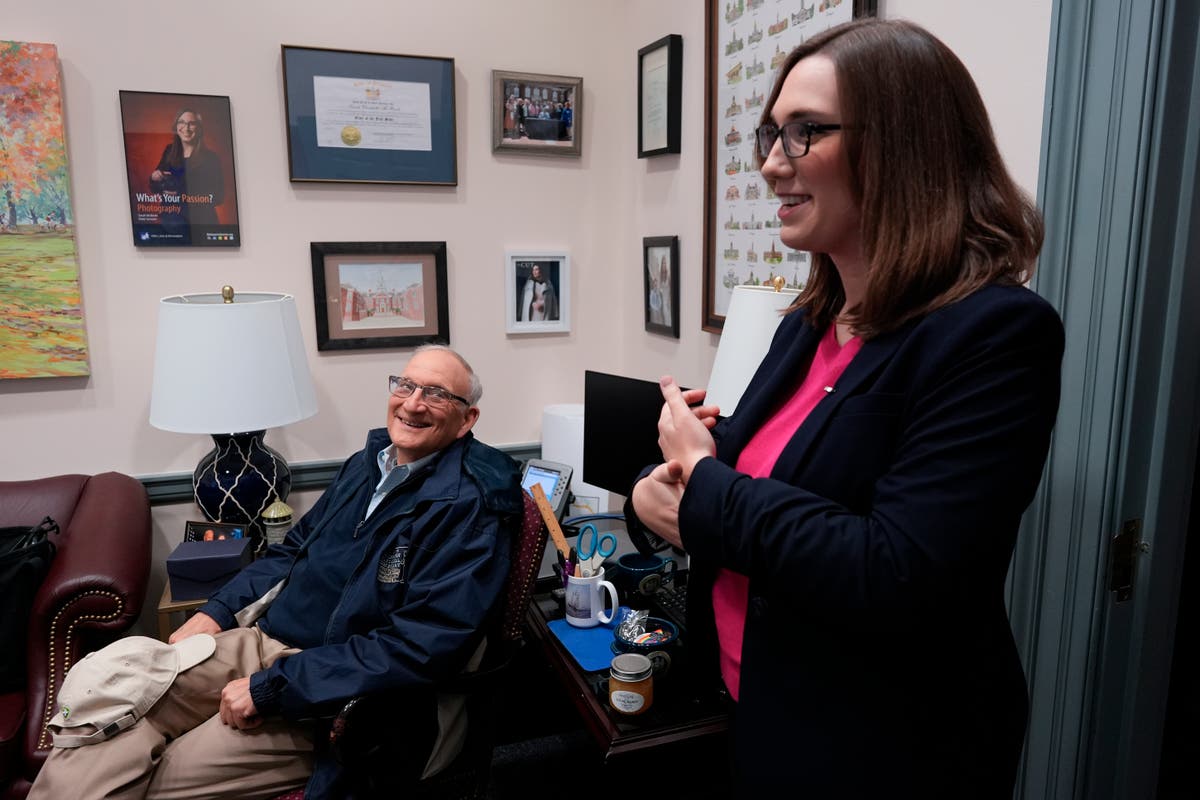President-elect Trump is advocating for the abolishment of daylight saving time, citing inconvenience and cost. His call has reignited debate over the necessity of the twice-yearly clock shift, affecting nearly 400 million people in North America. Trump, along with allies like Elon Musk, is pushing for a permanent standard time.
The proposed change comes as the US is set to observe Daylight Saving Time (DST) from March 9th to November 2nd. This yearly shift involves moving clocks forward in spring and back in fall. The U.S. Senate previously passed a bill for permanent daylight saving time, but it failed to progress in the House.
Republicans, now controlling both chambers of Congress, hold the power to revive or introduce new legislation regarding this issue. Trump has expressed confidence that his party will seek the change. While this change will undoubtedly affect millions, the impact and feasibility of the proposal are yet to be seen.
The debate over DST is not new. Historical motivations for the practice, primarily energy conservation during World War I, are now being questioned. Recent studies, according to the Congressional Research Service, have found minimal energy savings, while others have indicated adverse health impacts. A significant portion of the American population, 62%, wants to end the practice altogether, though there is still ongoing discussion on whether to maintain permanent DST or return to standard time.
Interestingly, states like Hawaii and Arizona, along with several U.S. territories, have opted out of DST permanently. Numerous states have passed legislation for permanent DST, highlighting the complex nature of this seemingly simple time-keeping adjustment. The impact on various sectors, including agriculture and public health, remains a subject of ongoing research and debate.







